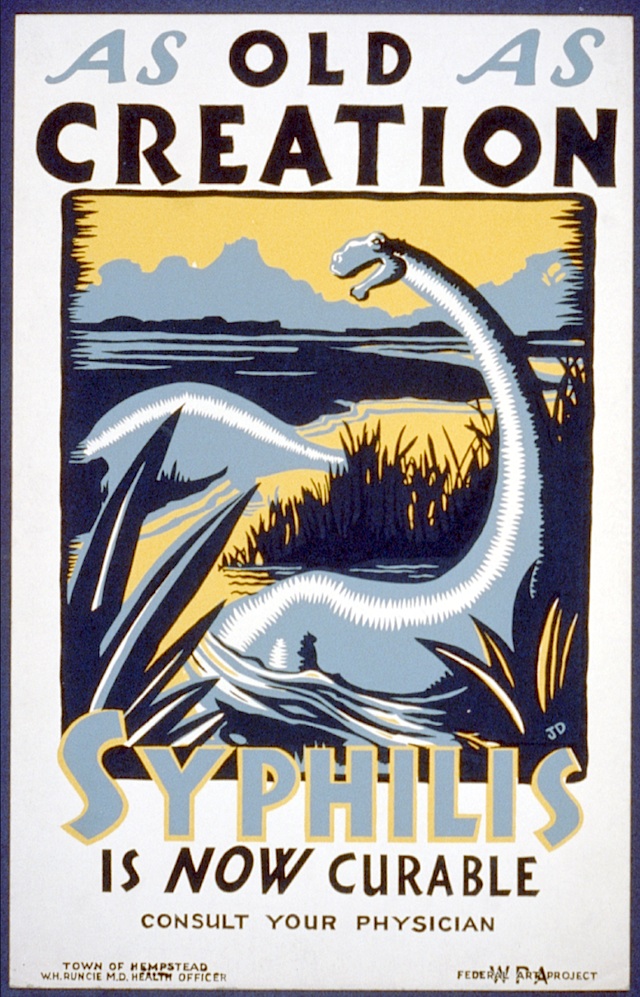Did antibiotics spur the sexual revolution?
Ars Technica » Scientific Method 2013-02-01

The 1960s saw a wealth of changes in the US, from crime waves to shifts in political activism. But perhaps the most defining social trend in this era was a cultural revolution in which sex became more socially acceptable and “free love” became a mantra for young people across America.
One of the traditional explanations for the change in sexual behavior during this era was the development and increasing availability of the birth control pill; sex was less risky if it didn’t lead to pregnancy. But in the latest issue of Archives of Sexual Behavior, economist Andrew Francis argues that it was actually the decline in a different risk—syphilis—that was most important.
In the early 20th century, syphilis was a dangerous sexually transmitted disease without a particularly effective treatment. As of the mid-1940s, more than 600,000 Americans had recently contracted the disease, and the probability that a random sexual partner would have syphilis was more than 1 in 100. But in 1943, penicillin was found to be an effective treatment for syphilis. Infection and death rates from the disease fell sharply, reaching a low in 1957.
Read 9 remaining paragraphs | Comments